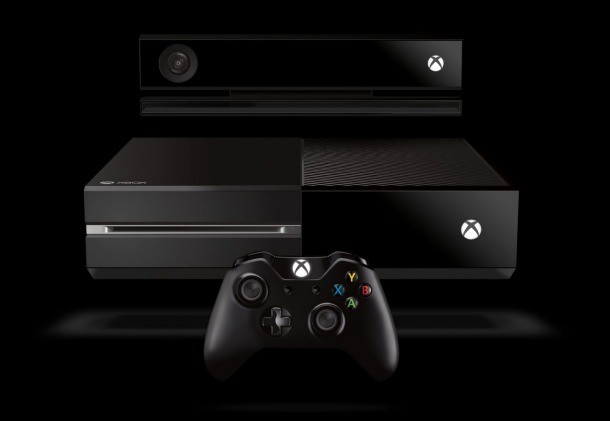Opinion: Microsoft, Kinect, And The Wisdom of Flip-Flopping

Following the recent announcement that Microsoft will be selling a $399 version of the Xbox One that doesn't include the Kinect, many are citing this as another example of Microsoft "flip-flopping," as it did when it dropped the Xbox One's always-on DRM features. They're absolutely right – but Microsoft should be praised for this decision, not criticized.
This criticism of "flip-flopping" seems to come largely from the language of America's (in my opinion) poisonous political discourse. To many, there's nothing worse than a flip-flopper who twists in the wind, changing his or her position to match the whims of popular opinion. There's a certain logic to this; we want our politicians to have a core, deeply held set of values and beliefs. However, there must also be room for rationality. If the facts continue to defy your previously held beliefs, you've got to change what you believe. I'm sure my Minnesota Vikings and their (now former) coach Leslie Frazier thought the team was built to win a Super Bowl. The team's 5-10-1 record says otherwise, and Mr. Frazier soon found himself out of a job.
Microsoft had convinced itself that the Kinect 2.0 would be an integral part of the Xbox One and a competitive advantage over Sony's PlayStation 4. The unit's voice commands would be a crucial part of its strategy to make the Xbox One an all-in-one entertainment device. By packing it in with every unit sold, developers would be able to count on a large installed base for Kinect and would be more likely to create voice- and motion-control functionality in their games. Consumers would use it as a communications center for their house through Kinect-enabled Skype chat.
This strategy came at a price: the cost of including a Kinect with the Xbox One meant the unit had to sell at $499, a full $100 more than the PlayStation 4. Microsoft's executives obviously believed that consumers would be willing to pay a premium for the Kinect. They were wrong. However, they aren't stupid. The only thing worse than plotting the wrong course is to continue down that path because of stubbornness or pride. Just as it did when consumers cried out about the plan to have Xbox One require an always-on Internet connection, Microsoft responded to those concerns by reversing a bad decision. That's not flip-flopping, that's good business sense.
Facts are facts; the Kinect hasn't been a selling point for the Xbox One. Support for the peripheral among third-party developers and publishers is tepid to non-existent. Microsoft itself hasn't delivered compelling Kinect-powered games – Ryse and Kinect Sports Rivals were mediocre at best.
None of this would matter if the Xbox One was outselling the PlayStation 4, but it's not. Right now, the PS4 has a 3 million unit lead over Xbox One on a worldwide basis (7.5 million units sold vs. 4.5 million units sold). This is largely due to the fact that these two systems are comparable in technology and functionality, but one is $100 less.
By flip-flopping, Microsoft has instantly changed the console battlefield. While this doesn't ensure that the Xbox One will catch up to the PlayStation 4, the company won't be running the race weighted down by Kinect, and can now match Sony stride for stride.









